Indeed, accurate casting is one of the most important skills a fisherman can possess, and when done correctly, it greatly increases the chances of reeling in more fish. Whether it is casting to a specific spot in the lake or just trying to place your bait near a riverbank, accurate casting will help in presenting the bait right where it needs to be. In this guide, we are going to take a look at some techniques and tips that will make you cast more accurately and regularly, thus generally improving your fishing.
Why Accuracy Matters in Fishing
The consistency of casting accuracy is sometimes the dividing line between an unsuccessful or a great fishing trip. I once fished at a lake with a small clay bowl dug out by carp next to an island. It was a difficult cast; however, every time we managed to present the bait perfectly on that spot, we got a sure bite without fail. If that rig was even a foot off target, the next morning would see us wake up without so much as a bite. This little experience drove home just how important accuracy is when it comes to fishing. There are times, of course, when you can cast anywhere and catch something, but to be capable of casting with accuracy near an overhanging tree, tight to an island, or on a spot will surely increase your success rate.
The Basics of the Overarm Cast
The overarm cast is probably the most common casting technique in fishing. To create an overarm cast, start by placing one hand near the reel. I commonly place three fingers in front of the reel and the little finger behind where the reel attaches to the rod. If you are left-handed, your left hand will hold the rod. If you are right-handed you’ll do the opposite.
The other hand should rest on the butt of the rod, right at the end. That will give you maximum leverage since you can use more power in your cast. Your rod, your eyes, and the spot where you want it to land should all be in alignment for a straight, accurate cast. If all of those are in alignment, then the path of your cast will be going in the right direction.
The length of the line dangling from your rod tip also plays an important role in the accuracy of your cast. Too little line makes for an awkward cast; too much line and it’s hard to swing the rod behind you. A good general rule of thumb is to reel the line up to about half the length of the rod. And making a mark here, where the two sections of rod join, or at the butt eye itself may be a useful reference.
Once you have your rod aligned and the proper amount of line hanging down, tuck the line under your forefinger against the rod, open the bail arm, and begin your cast by swinging the rod back, aiming slowly upwards to a 45-degree angle. Sometimes, if you have to deal with a strong crosswind or overhanging trees, you will have to adjust this angle to cast lower.
Achieving Consistent Distance with Each Cast
The farther you are fishing, the more critical this becomes. For short-range fishing, you may get by simply using your eyes, but when you cast further out, it is important to use the line clip on your reel.
To clip up your fishing rod, cast to the desired spot and move your rod 90 to the water, placing your line in the line clip on the spool. Reel in your lead and make another cast. When your cast reaches the point where it would hit the clip, lift the rod to 90 and hit the clip. This cushions the clip and saves the line from breaking or the rig bouncing back.
You can fine-tune your distance by pulling a foot or so off the reel or reeling in a bit more before clipping on again. Always remember to take up the same casting position every time.
Another good method that allows you to achieve consistent distance is by using distance sticks. Distance sticks are two bank sticks with smooth edges set up a rod length apart. First, put your lead into one of the ends and wrap the line around the sticks right to the clip. By counting how many wraps you do, you then are going to be able to create the same distance again and again so that all your rods are cast into the same place with ease.
Stopping the Lead and Feeling the Lead Down
Another very important thing about casting accurately, however, is that you stop the lead before it hits the water. Using a line clip it will stop the lead for you. If not, you want to stop the spool of your finger just right before the lead hits the surface. This will do several things: not only will it reduce splash and spooking fish but also help straighten out your rig, eliminating tangles.
Another very useful skill is feeling the lead down; it can give very useful information about the lake bed. Stop the rig, and once this has been done, make sure the line is tight before allowing the weight of the lead to pull the rod tip right down to the bottom. It’s hard to achieve this method in shallower waters but very easily done in deeper ones. If lead hits the bottom with a solid “crack” generally leads to the deduction that bottoms are hard: clay or gravel, for instance. Soft bottoms-like silt or weed-may mean lead lands softly. Not feeling lead hit the bottom may be because the water is much shallower than expected, or that the lead landed in heavy weed or soft silt.
The depth of water will affect how your rig will behave once the lead hits the surface. This is because as it sinks, the lead swings back toward you, which is particularly in deeper water. Knowing that allows you to adjust your baiting accordingly to ensure the bait falls reasonably close to where the rig settled on the lake bed.
Using Far Bank Markers for Night Fishing
Accurate casting is especially tough in the dark. To boost your nighttime accuracy, employ far bank markers, which are objects on the far bank that you can see easily even in low light. Good ones include treetops, places where trees form a “V,” or any stationary object silhouetted against the sky. Just remember to select something that won’t move, like a tree, rather than something such as a boat or flag.
The Underarm Cast Technique
The underarm cast is another helpful casting method, particularly on smaller or confined waters where an overarm cast isn’t practical. In this technique, you want a longer length of line hanging from your rod-about down to the reel. To make an underarm cast, align your eyes, rod, and the target spot. Hold the line against the rod with your forefinger, open the bail arm, and check that the line isn’t tangled around the rod tip.
Start an underarm cast by swinging the lead from side to side to build momentum. The greater the momentum, the more controlled and accurate the cast can be, even at very short distances. For very short casts, you need merely to have the lead near the water surface and arrest the lead with your hand as the lead reaches its destination. For longer distances, cast higher. Like most skills, an underarm cast will greatly improve your accuracy in tight spots, but again takes practice.
Practice Makes Perfect
It is a timely and experience-combined art to cast accurately. If you cannot make it to the water, then again a great way of improving practices in your garden with a small bucket. Place the bucket as a target and repeatedly cast towards it, making any necessary adjustments in technique to improve accuracy.
Having mastered these techniques of casting and putting them into constant practice, you should be able to present your bait more precisely where it needs to be, whether you fish in a lake, river, or other body of water. Exact casting does not only help increase your chances of catching fish but may also make fishing much more fun and rewarding.

